Hello Friends!
Because my mind always deviates to pastry first, I already know what I’ll make this holiday. The savory stuff, I’ll figure that out later. There won’t be any pumpkin pie on my Thanksgiving dinner table this year. I’ll have a sweet potato pie, a mock bebinca made from pumpkin or sweet potatoes, and this gorgeous silky smooth pumpkin flan.
And that’s what we’re talking about today, the flan.
A flan is a beautiful example to illustrate how cooking and science work together. There’s delicious caramel and a delicate baked custard.
The Tools
I use an 8 in/20 cm or 9 in/23 cm circular baking pan. I prefer this 8 in/20 cm one from Fat Daddio because the height (3 in/7.5 cm tall provides ample room to maneuver the pan and prevent spills). The caramel and custard base can also be divided into small ramekins to make individual flans.
A large enough baking dish or roasting pan that can easily accommodate the pan and hold enough boiling water up to the height of the custard in the circular baking pan (about 2 in/5cm for an 8 in/20 cm circular pan that’s 3 in/ cm tall, use less water for shallower pans). The water must surround the pan from all sides because it acts like a jacket and protects the eggs in the custard from overcooking.
Do not use a whisk or blender to make fold the ingredients. Use a silicone spatula to get the job done; it incorporates less air and reduces the appearance of air bubbles.
This isn’t necessary, but I’ve been trying something new, and it appears to be working very well. I degas the liquid mixture to remove any air bubbles that might be trapped using my food vacuum storage device. I’ll get more into this a little bit.
A thermometer is your best friend here; I’ve got a Thermapen.
Making the Caramel
Caramelization is just a fancier way of telling people that you’re burning sugar with careful attention. When simple sugars like sucrose (table sugar), glucose (the sugar present in light corn syrup), fructose (the sugars present in onions), and lactose (the sugar present in milk) are heated, they start to undergo a complex series of reactions that result in the production of bittersweet aromas and tastes and varying shades of amber colored pigments. If the caramelization is allowed to proceed uninterrupted, these sugars will turn into a black residue; we don’t want that. In this recipe, the caramel for the flan is prepared using sugar (sucrose, a molecule made up of glucose and fructose). Instead of scorching the sugar directly, I add water and a tiny amount of cream of tartar. The water helps dissolve the sugar and allows uniform heating. Cream of tartar is acidic (more specifically, an acidic salt of potassium and tartaric acid called potassium bitartrate) that helps prevent the sugar from crystallizing and hardening as it caramelizes and keeps the hot caramel in a liquid state. A tablespoon of fresh lemon juice will also work in place of cream of tartar. Avoid shaking the liquid as it’s cooking, which can lead to crystal formation.
A point I should make here is that acids do not promote caramelization (or, for that matter, the Maillard reaction). Alkalis, like baking soda, will promote caramelization (and the Maillard reaction), but if you’re wondering why I didn’t add baking soda to speed things up. One, it’s better and safer to make caramel slowly; it takes a few minutes. Two, the cream of tartar will react with the baking soda; they’ll neutralize each other and are of no use.
All sugars caramelize at different temperatures; for the sugar sucrose used here, you’ll notice a faint toasty aroma at about 295F/146C, and by the time the sugar reaches 330F/166C, it will turn into a deep dark amber color. The longer it heats, the deeper the flavor and the darker the color.
Some folks, like my mom, burn the sugar directly in the baking pan over the stove or in the oven. I prefer making the caramel in a saucepan and then pouring it into the baking dish; it gives me more control and freedom over my choice of pan.
Making the Custard for the Flan
The Pumpkin
The custard base of the flan is made with eggs, sugar (the condensed milk contains sugar), and milk, but this flan is a little different because it includes roasted pumpkin puree. The eggs and pumpkin contribute to the flan's thickening and structure; for this reason, I cut back on the number of eggs I’d typically use, or else it turns out rubbery.
The Spices
I began infusing the milk with ground spices when I tested this recipe. What happened was exciting but not surprising. The specks of ground cinnamon and cardamom collected in the top layer of the flan as it baked and formed a thick skin. It wasn’t unappetizing but not entirely desirable either. In my subsequent trial, I used a whole cinnamon stick and lightly cracked green cardamom pods.
Air Bubbles
The presence of air bubbles in a flan is considered undesirable. There are two sources of air, the air that’s naturally present in ingredients and the air that’s introduced during mixing. Here’s how I approach this dilemma.
Don’t whisk; gently mix the ingredients using a silicone spatula.
You can skip this step if you don’t have time. Leave the milk to infuse with the spices overnight in the refrigerator. Not only does this produce a more robust flavor of the herbs, but it also helps the liquids' gas escape.
I’ve been toying with using a vacuum to remove air from food liquids. This was an excellent opportunity to see if it would be helpful. When I worked in a lab, we often needed to remove trapped air from liquids using a vacuum. I own a food vacuum storage device and thought I’d give it a shot to see if this helps (this might be useful when there isn’t enough time to leave the liquid in the refrigerator overnight). I took the hot liquid, placed it in a food storage container, and applied the vacuum. After 10 minutes, I used the vacuum again. My first immediate observation was that the foam on the surface of the milk was minimal, indicating that the vacuum was pulling out some of the trapped air. In terms of texture, the flan made with the vacuum was bubble-free and almost identical to the one made with the milk that was left to steep overnight. I want to reemphasize that you don’t need to do this, but it’s something to consider.
Finally, do not heat the milk beyond 180F/82C. Higher temperatures denature the milk proteins and will affect the texture of the flan and can make it too firm and rubbery.
The Eggs
Eggs are a vital part of the flan equation; they provide the physical structure and that jiggly, tender texture. Treat the eggs gently, don’t overcook them.
If you’re mixing the eggs and hot milk mixture, temper the eggs with the hot milk (I usually add ½ to 1 cup of the hot milk to the eggs) before folding it into the milk.
The water bath helps act like an insulation jacket and helps prevent the eggs in the flan from overcooking. It’s not 100 percent foolproof because the top of the flan is still exposed to the hot air from the oven. If the flan cooks too long, it runs the risk of curdling and becoming an unsalvageable mess (see the photo of what happened when I decided to talk to someone at the door while the flan was baking, and I didn’t hear the timer go off. All it took was 5 minutes to flop).
A flan is an excellent example of how sugar raises the denaturation temperature of eggs. Mixed whole eggs denature at 165F/74C, but things are a little different in a flan because we’re dealing with a complex system of many ingredients, and there’s sugar. The flan will be done when the internal temperature reaches 175F/80C, any higher (the mixed eggs now denature at a higher temperature), and the flan will curdle. The sides will be slightly firm to touch, and the center still jiggly.
Resting
Leave the flan covered to rest overnight in the refrigerator. This helps the custard firm up. If excessive condensation occurs on top of the chilled flan, tilt the pan slightly and absorb and remove the water using a clean kitchen paper towel. Don’t let the paper touch the surface of the flan, as it can stick.
Serving
I’ve eaten a flan straight out of the bowl without releasing it, but it is much prettier when served with its glossy caramel top. Run a sharp paring knife along the edges of the flan and then place a large plate with enough depth to hold the caramel syrup that will slide down. Carefully flip the container and the pan to help release the pudding. I like to tap the surface gently and slowly release the flan. Don’t do this fast because the flan is delicate and can easily break.
What To Cook
Roast Garlic and Lemon Chicken
Until next time,
xx
Nik
If you enjoyed this article and the recipes, please feel free to leave a comment, like, or share it with your friends. I appreciate your support.
My latest cookbook, The Flavor Equation, a James Beard finalist and the recipient of the German Academy of Gastronomy silver medal, is now available in audio as well as in several different languages. Order your copy now!
Disclaimer: There might be a couple of affiliate links in this newsletter, which means that I might get a small commission, at no extra cost to you, from every purchase you make via the link.




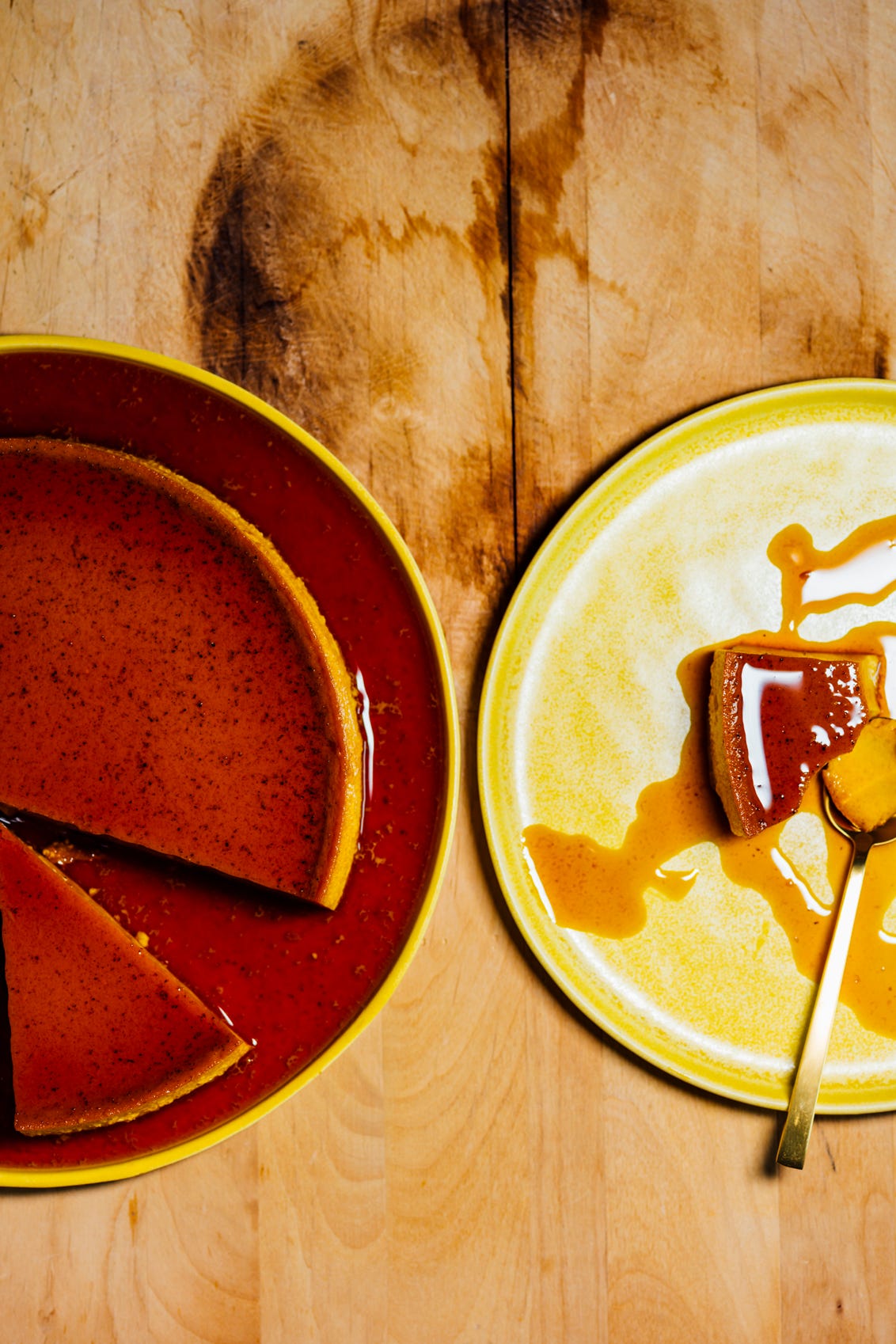
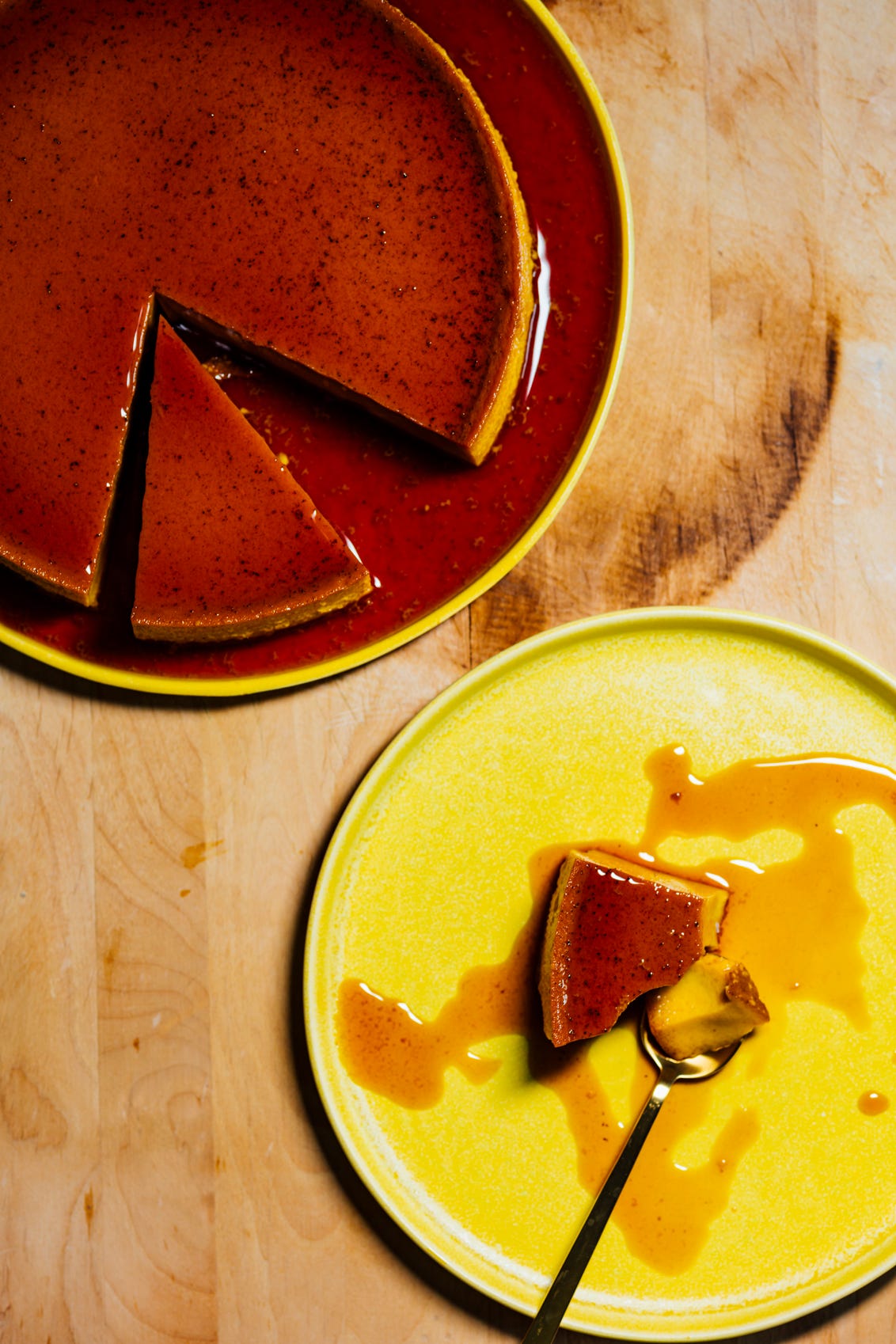
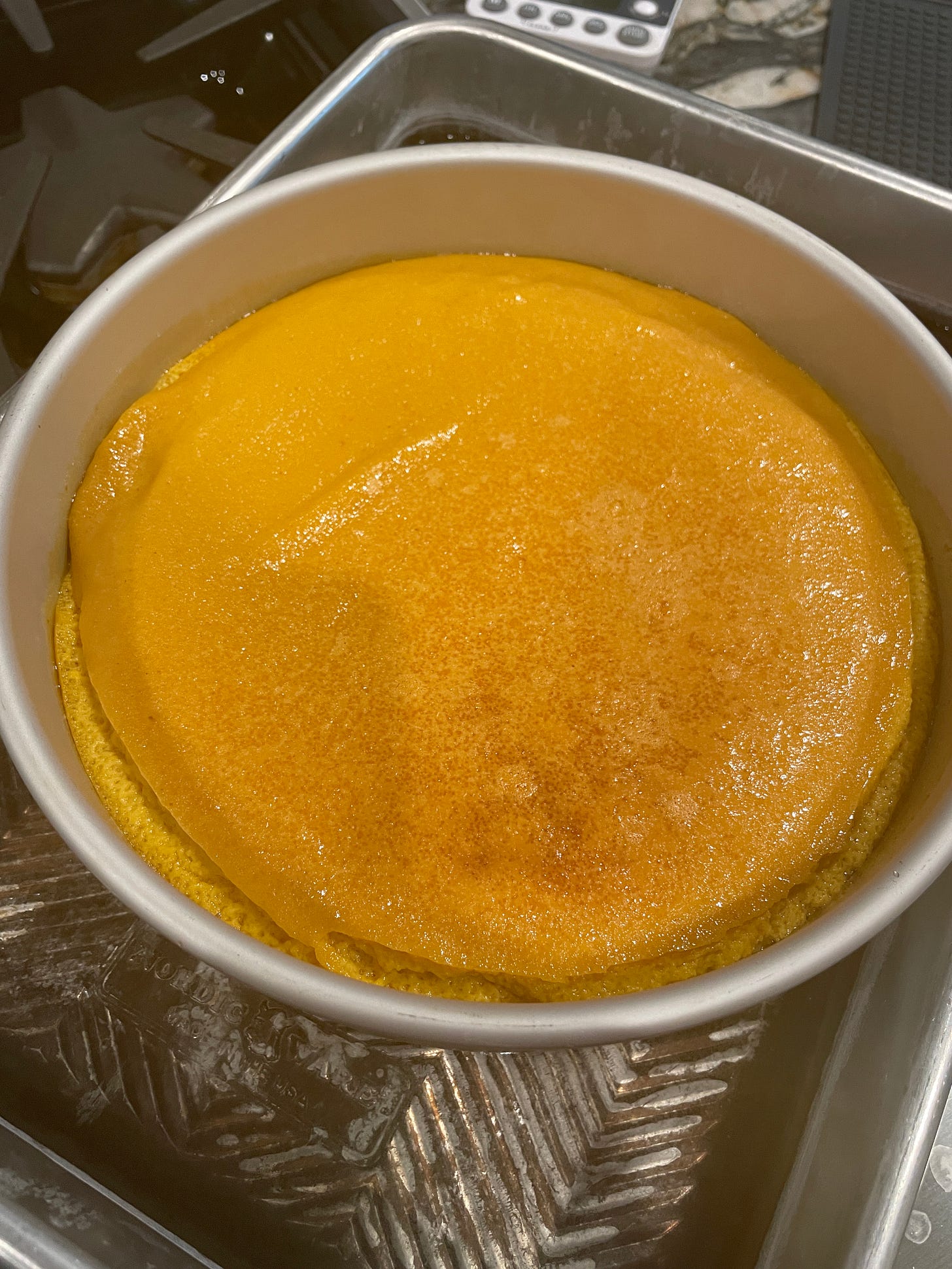
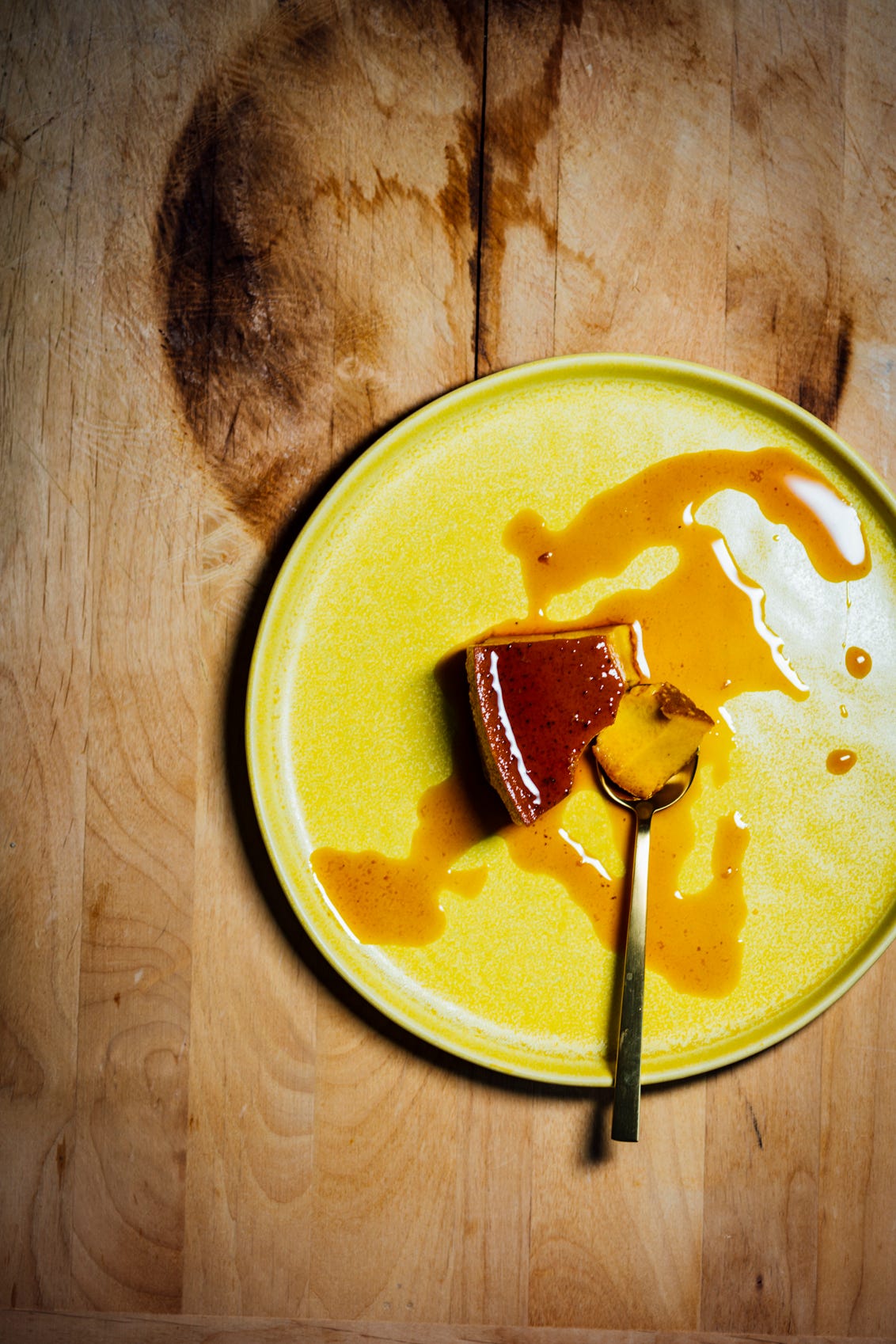
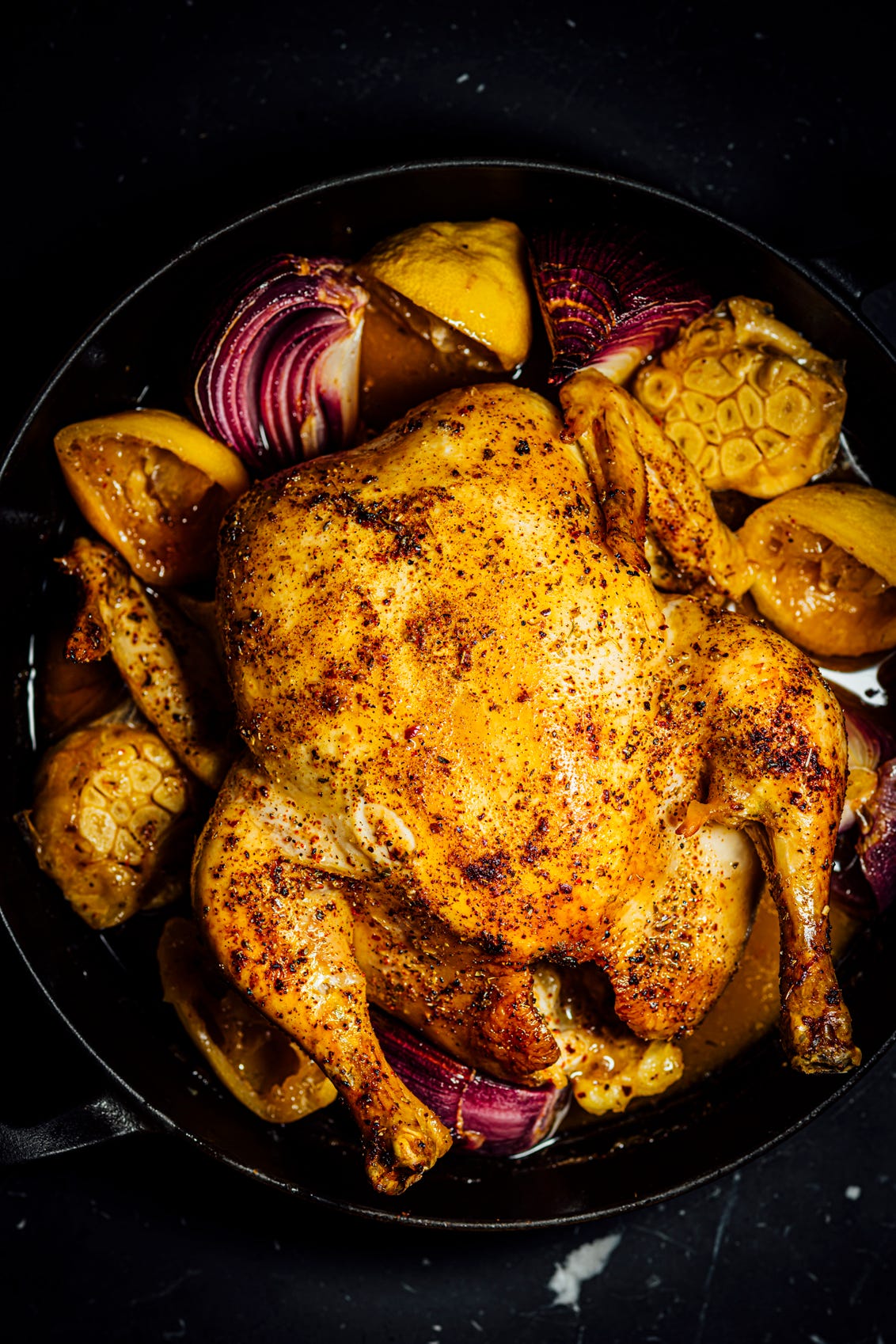
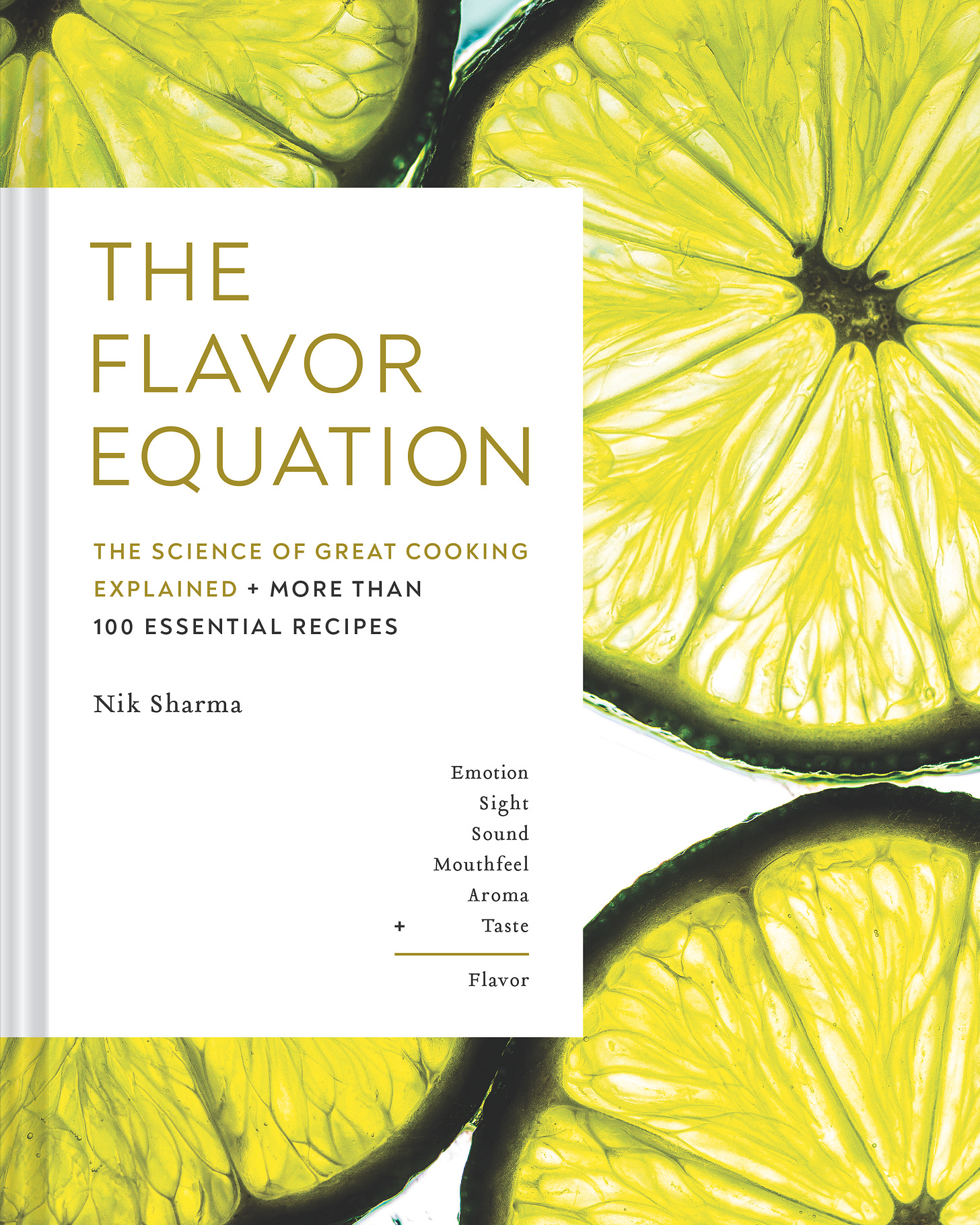
we love to eat baked sweet potatoes. we switched from cooking them in our kitchen oven to an wood-fired pizza oven that gets over 700 degrees, and they taste much sweeter . we don't what happens exactly but it does taste like the really high heat does somrthing to the natural sugars in the potatoes.